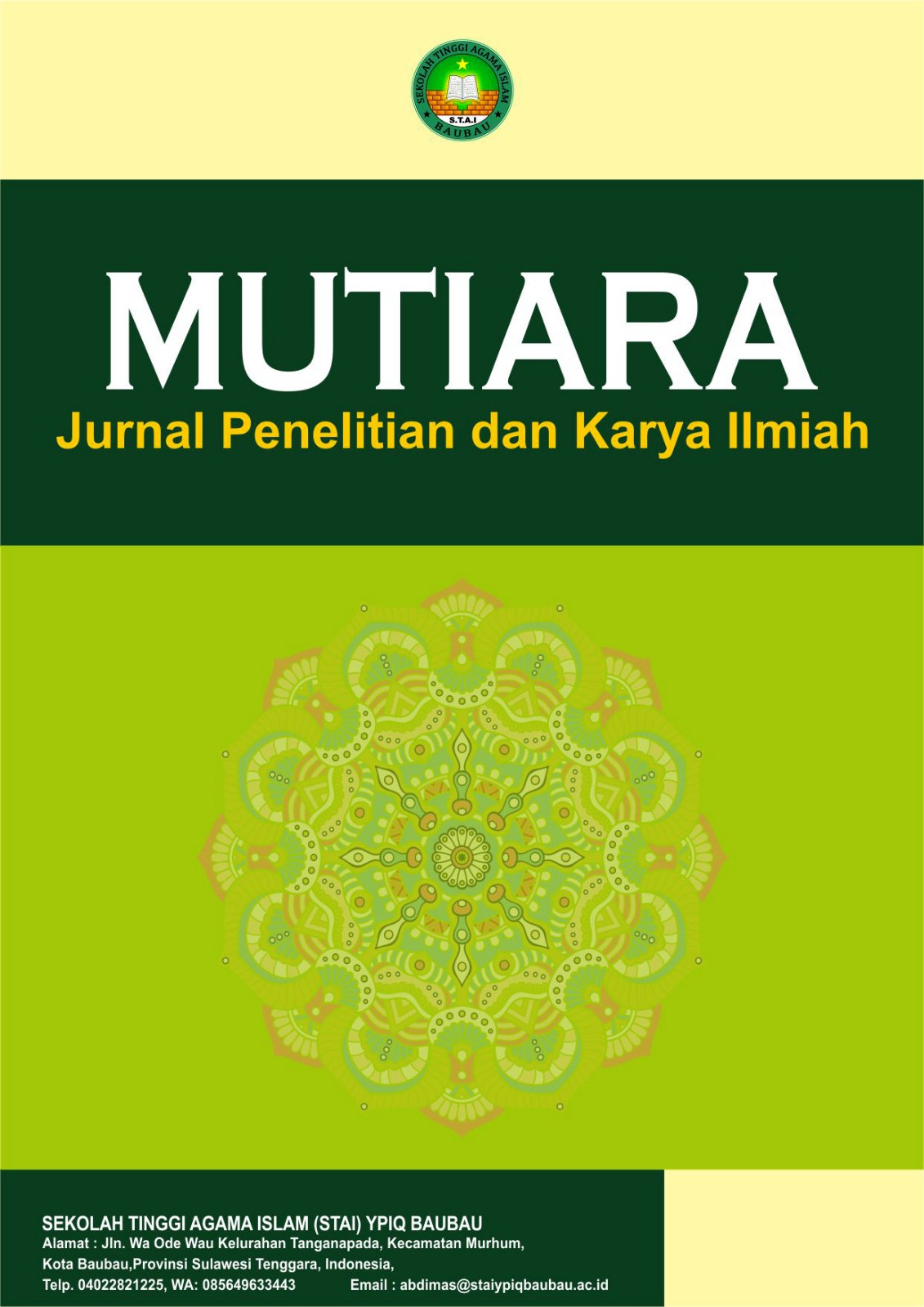Artefak Religius Yeh Pulu : Mengungkap Peradaban Masyarakat di Indonesia pada Masa Kerajaan Bali
DOI:
https://doi.org/10.59059/mutiara.v3i3.1797Keywords:
relief, ancient-Bali, civilization, societyAbstract
The goal of this study is to shed light on ancient Bali's inhabitants' way of life and culture. The problem's main objectives are to 1) describe the Yeh Pulu Bedulu relief sculpture's construction and 2) describe the way of life and civilization of the ancient Bali population. 3) What are Ancient Bali's heritage values? 2) To depict the lives and civilization of the people in ancient Bali; 3) To describe and understand the values of the heritage of life and civilization in ancient Bali; and 4) To describe the structure of Yeh Pulu Bedulu relief objects. Benefits include understanding the degree of civilization and existence in ancient Balinese society and its cultural traits. The descriptive qualitative method involves processing and evaluating field data. This study combines the study of structural analysis, topics, processes, and materials with the theory of iconography, ecology, ethnographic approach, and visual language. Data gathering methods include documentation, literature, and observation. Primary and secondary sources of data. Results: using Yeh Pulu relief relics in Bedulu to shed light on the life and civilization of ancient Bali
References
Ardika, I. W. (1987). Bronze artifact and the rise of complex society in Bali (Master’s thesis). The Australian National University.
Ardika, I. W., Setiawan, I. K., Srijaya, I. W., & Bawono, R. A. (2017). Stratifikasi sosial pada masa prasejarah di Bali. Denpasar: Udayana University Press.
Aziz, F. A., & Sudiarti. (1996). Bahan baku perunggu pada awal masehi di Bali: Tinjauan dari sudut analisa kimia. Dalam Pertemuan Ilmiah Arkeologi VIII, Cipanas, 12–16 Maret 1996.
Heine-Geldern, R. (1942). Conceptions of state and kingship in Southeast Asia. The Far Eastern Quarterly, 2(1), 15–30. https://doi.org/10.2307/2049112
Herimanto, & Winarno. (2009). Ilmu sosial dan budaya dasar. Jakarta: PT Bumi Aksara.
Kaplan, D., & Manners, R. A. (2002). Teori budaya (Edisi ke-3). Yogyakarta: Pustaka Pelajar.
Koentjaraningrat. (1990). Pengantar ilmu antropologi. Jakarta: Rineka Cipta.
Kompiang Gede, I. D. (1997). Nekara sebagai wadah kubur situs Manikliyu, Kintamani. Dalam Dinamika masyarakat desa Manikliyu–Bali menjelang datangnya pengaruh Hindu-Buddha (Forum Arkeologi Edisi Khusus No. II/1997–1998, hlm. 39–53).
Mardika, I. M. (1990). Kapak perunggu di Bali (Skripsi, Universitas Udayana, Denpasar).
Mardika, I. M. (2016). Dekonstruksi relasi kuasa perajin patung kayu di Desa Kemenuh, Sukawati, Gianyar, Bali (Disertasi, Program Kajian Budaya, Pascasarjana, Universitas Udayana, Denpasar).
Poesponegoro, M. D., & Notosusanto, N. (1993). Sejarah nasional Indonesia II. Jakarta: Balai Pustaka.
Soekmono, R. (1974). Pengantar sejarah kebudayaan Indonesia 2. Yogyakarta: Kanisius.
Sutaba, I. M. (1995). Tahta batu prasejarah di Bali: Telaah tentang bentuk dan fungsinya (Disertasi, Fakultas Ilmu Budaya, Universitas Gadjah Mada, Yogyakarta).
Sutaba, I. M. (1996). Mencari asal-usul seni pahat di Bali. Dalam Pertemuan Ilmiah Arkeologi VIII, Cipanas, 12–16 Maret 1996.
Wheatley, P. (1983). Nibble of time: Cultural developments in Southeast Asia. Chicago, IL: University of Chicago Press.
Downloads
Published
How to Cite
Issue
Section
License
Copyright (c) 2025 Mutiara : Jurnal Penelitian dan Karya Ilmiah

This work is licensed under a Creative Commons Attribution-ShareAlike 4.0 International License.








